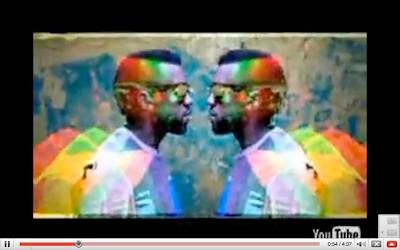
Our TouchDesigner community is still comparatively small when compared to Unreal or Unity communities. Then we should be in the ballpark of a cool effect! Now while this may seem a bit pedantic and needlessly “documentation-filling” but there’s an important skill to practice here.

While we can’t use everything from the Unity implementation, the author does a great job of walking us through the high level concepts of what needs to be happening. The both show how in many cases a video will actually have different types of frames holding different amounts of information:Ĭreating Your Own Datamoshing Effect Thanks to my good friend, Landon Thomas, who found me this write up Here are two images that show these concepts at a high level just for visualization purposes.

That’s why files with not much motion in them (most of the frames are the same) can be compressed to very small sizes while textures like noise or grainy videos (where lots of information per frame is changing) have a tough time being compressed to smaller sizes. Without getting into the weeds, the important thing to note is that many compression algorithms try to only hold the amount of data in each frame that has changed since the last frame. If you’re reading about datamoshing online you’ll often hear about I-Frames, P-Frames, and B-Frames. Not all frames in the video are actually full frames of data. Datamoshing effects in their original appearance are created by issues between the different types of frames in compressed videos. Some effects are easier to brute force your way to intuitively, but others require a bit of reading. Half of the battle of recreating any effect is knowing how it works.

Now it’s a creative effect that has a lot of potential! How does it work? You may have seen effects like this before if you had a corrupt video file or low powered hardware having a tough time decoding heavily compressed videos.


 0 kommentar(er)
0 kommentar(er)
